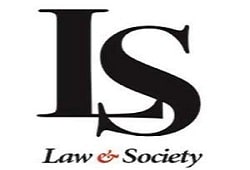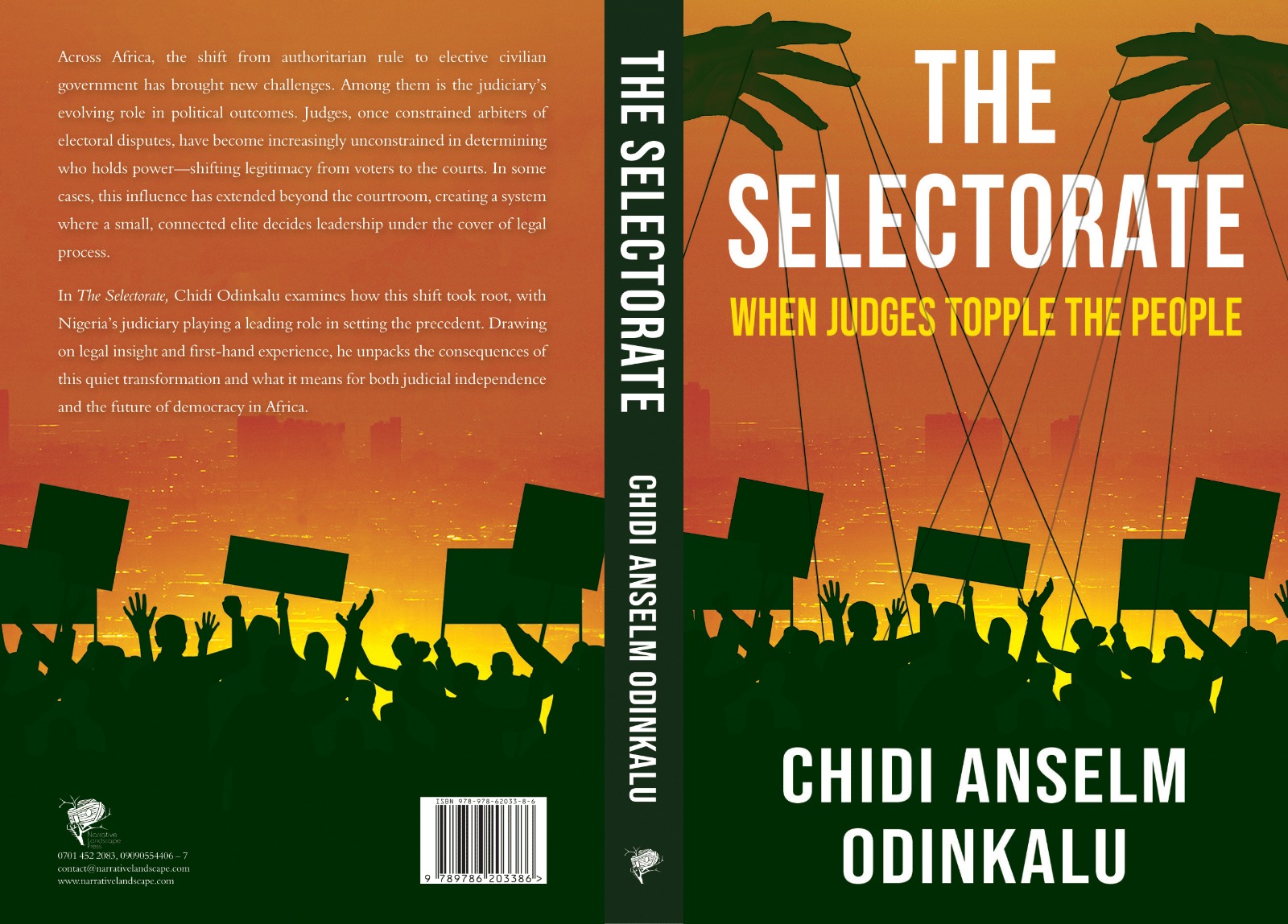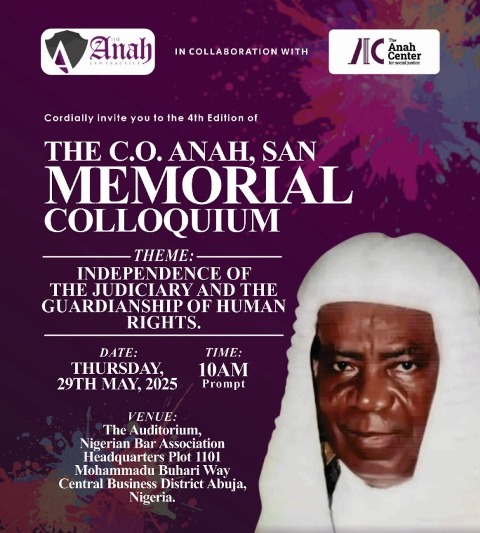By Folarin Aluko
“Even the wind leaves a trail—if you know where to look.”— African Proverb
In a time when deepfakes, filters, and artificial intelligence distort the boundaries of perception, today’s Legal Practitioner must become a master of the law and technology. Today, a single WhatsApp message can tilt the scale in a multimillion-naira contract dispute. A screenshot may decide guilt or innocence in a criminal trial.
Digital evidence has not only entered the courtroom—it is reshaping it and in this digital age, authentication is the compass we use to navigate an environment where information is abundant, but trust is rare. For Nigerian lawyers, this transformation offers opportunity, immense responsibility and the burden of evolution.
A Brief Historical Lens
Electronic evidence is not a stranger to the Nigerian legal system. As far back as Esso West Africa Inc. v. T. Oyegbola (1969) 1 N.M.L.R 194, the Supreme Court acknowledged the inevitable influence of computers on modern litigation, stating, “The law cannot be and is not ignorant of modern business methods and must not shut its eyes to the mysteries of the computer.”
However, it wasn’t until the Evidence Act of 2011, particularly Section 84, that the courts were given a structured legal framework for admitting electronically generated documents. The legal framework for electronic evidence has been further expanded by the Evidence (Amendment) Act, 2023 to include digital signatures, electronic oaths, and computer simulations.
But despite these developments, many practitioners continue to stumble at a critical threshold: authentication—the legal and technical bridge between a document’s mere existence and its admissibility. For all the advances in legislation, the central challenge remains the same: proving that a piece of electronic evidence is genuine, reliable, and free from tampering.
What is Authentication?
Authentication is the process of proving that evidence is what it purports to be. It’s not just about whether a file exists or a message was forwarded—it’s about origin, integrity, and reliability.
In the context of electronic evidence, authentication ensures the evidence is genuine, while relevance establishes its connection to the case. Once both are satisfied, admissibility is determined. However, the weight of evidence is assessed by the court, considering factors like reliability, collection method, and metadata.
In traditional litigation, authentication may involve presenting an original signed contract or calling a witness to verify handwriting. In the digital age, it requires interpreting server logs, timestamps, metadata, and sometimes code. The principle remains the same, but the method evolves.
A few years ago, I represented a client in a case where the opposing party tendered photographs as evidence of service. The embedded timestamps showed the photos were taken months after the service date, and the device name didn’t match the one listed in the Certificate. The court rejected the evidence, causing the claim to collapse. This underscores the importance of scrutinizing digital evidence and metadata.
Old Doctrine, New Tools
Section 84 of the Evidence Act remains the cornerstone of digital authentication in Nigeria. It provides two primary avenues for authenticating electronic evidence: oral testimony and a certificate of compliance.
Oral testimony typically involves the creator or custodian of the digital document confirming its authenticity. A Certificate, on the other hand, is a formal written statement detailing how the document was produced and affirming that the system used was functioning properly.
This dual mechanism was affirmed by the Supreme Court in Dickson v. Sylva (2017) 8 NWLR (Pt. 1567) 167, where the Court held that authentication may be satisfied by either method, provided the document meets the reliability standards prescribed by law.
And here, reliability refers to the consistent performance of the device or software used to generate the evidence. Integrity refers to whether the data has remained unchanged between creation and presentation in court.
Authentication, then, is not about format or technology alone. It is about trust—trust in process, in system, in intention. While the courts have provided the legal scaffolding for authentication, the Lawyer is responsible for bringing those rules to life through diligent, technical engagement with the evidence itself.
Practical Handling of Electronic Evidence
The first step in handling digital evidence is understanding its nature. Is it a text message, an audio file, a screenshot, an email, a social media post, or a PDF scan? Each format has vulnerabilities. A tweet can be deleted. An email can be spoofed. A chat log can be fabricated with simple apps. Data on RAM can be wiped by a simple reboot.
During an IP mediation I had opportunity to handle, a party submitted a WhatsApp screenshot to prove ownership of a jingle. On inspection, the message content checked out—but the timestamp didn’t. It turned out the phone’s clock had been manually adjusted before the screenshot was taken. The message itself was real, but the format—easily manipulated—made the evidence suspect.
A clear reminder that understanding the nature of digital evidence is key, because even genuine content can lose force if the format isn’t trusted.
The second step is preserving the chain of custody. From the moment a digital file is obtained, its handling must be documented. Was it retrieved from a phone, a laptop, a server? Who accessed it? Was it copied, moved, renamed, or edited? A documented chain of custody shields the evidence from claims of tampering.
Third, collect metadata—information about the file that may include its creation date, last modification, author, software used, and access history. Metadata often tells the story that the file cannot. It can confirm or destroy a claim of authenticity.
Fourth, consider engaging digital forensics experts. These professionals can extract, analyze, and preserve evidence using industry-standard methods. Their expert reports can provide not only credibility but context—showing the court not just what the evidence is, but how it came to be.
How to Authenticate Electronic Evidence in Nigeria
It’s important to note that Authentication is not a checklist—it’s a narrative that relies on certain essential steps
- The Source: Identify who created the document. Can they testify to its origin and how it was produced?
- Secure the chain of custody: Document every transfer, copy, or interaction with the evidence from collection to court.
- Obtain a certificate of compliance: This should come from the person in charge of the device or system and must confirm:
a. Their identity and role
b. The nature of the system used
c. That the system was operational
d. That the document was produced in the ordinary course of business
e. That the data has not been altered
Circumstantial Authentication can be inferred by the Court, where a document reflects personal knowledge, style, or context familiar to the parties.
For example, in a recent cyberbullying case I consulted on, the Defendant denied sending harassing messages from an anonymous social media account. However, the tone, grammar, and references in the messages were identical to previous undisputed messages sent by the Defendant. The victim testified to receiving the messages, and the Court admitted them as “linguistically traceable” to the Defendant, thus authenticating the evidence.
Anticipate objections: Be prepared to counter claims of fabrication with supporting evidence—server logs, forensic reports, or corroborating testimony.
Final Reflections
Having mentored many young lawyers in the area of digital rights, I have witnessed how mastering the technical intricacies of electronic evidence can significantly impact the outcome of a case.
As our courtrooms increasingly adopt digital technologies, it’s crucial to recognize that while electronic evidence may be silent by nature, it leaves behind digital trails—if you know how to find them. Tendering electronic evidence requires more than just certificates; it demands an understanding of the technical workings of digital media.
Like the skilled hunter who reads the wind, the modern lawyer must learn to read the data—not only for content, but for its journey.
Folarin Aluko is an IP Lawyer, Digital Rights Expert and Partner at Trumann Rockwood Solicitors. He can be reached at [email protected]





